Industry
The factory in Cayés (Llanera) was founded in 1868 by Wenceslao Guisasola for the production of tiles and bricks under the name of Tejería Mecánica, popularly known as "La estufa" (the heater). Decades later, in 1902, the manufacture of ceramic pieces began. This gave it its current spatial, architectural configuration and name.
The complex is made up of two clearly differentiated parts, separated today by the road. On the one hand, the office building was designed by the architect Manuel del Busto. This building is made up of two parallel buildings with a rectangular ground plan, built using fair-faced brickwork and plastered areas. On the main façade there is a quadrangular tower with small bays which houses the clock and the ceramic inscription with the name of the company, and which resembles other buildings erected by the same architect in other parts of Asturias. Next to it, there is a prominent overhanging metal balcony, supported by elements of the same material. It is accessed through a triple arch protected by an upper wooden eave. To its side, we can find a second unit which is accessed through a large segmental arch, topped by a mixtilinear pediment with a central prominent structure.
On the same side of the road there is an industrial unit made of brick. The arrangement of the two-storey bays stands out, separated by strips, at the foot of which there is one of the two chimneys. The other one, in worse condition, is placed in the second part of the complex, opposite to the offices. It is located in a large industrial unit and its upper part is decorated with different superimposed rings, both plain and checkered, and with grooves surrounding the chimney.
The building was included in the Inventorio de Patrimonio Histórico Industrial (IPHI) of Asturias which, although without legal validity, recognises the great value of these facilities. Currently, part of it has been converted for new business and clinical uses, while the rest remains in a state of profound degradation that threatens the integrity of the buildings that make it up.

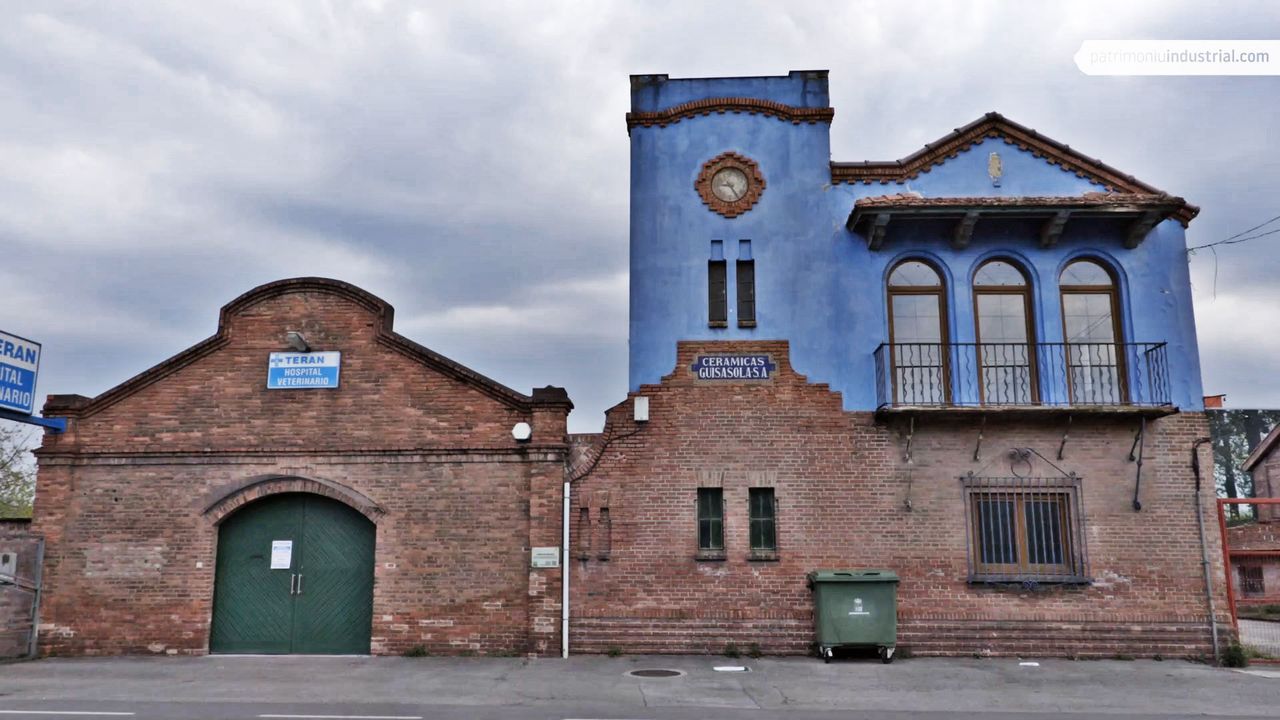
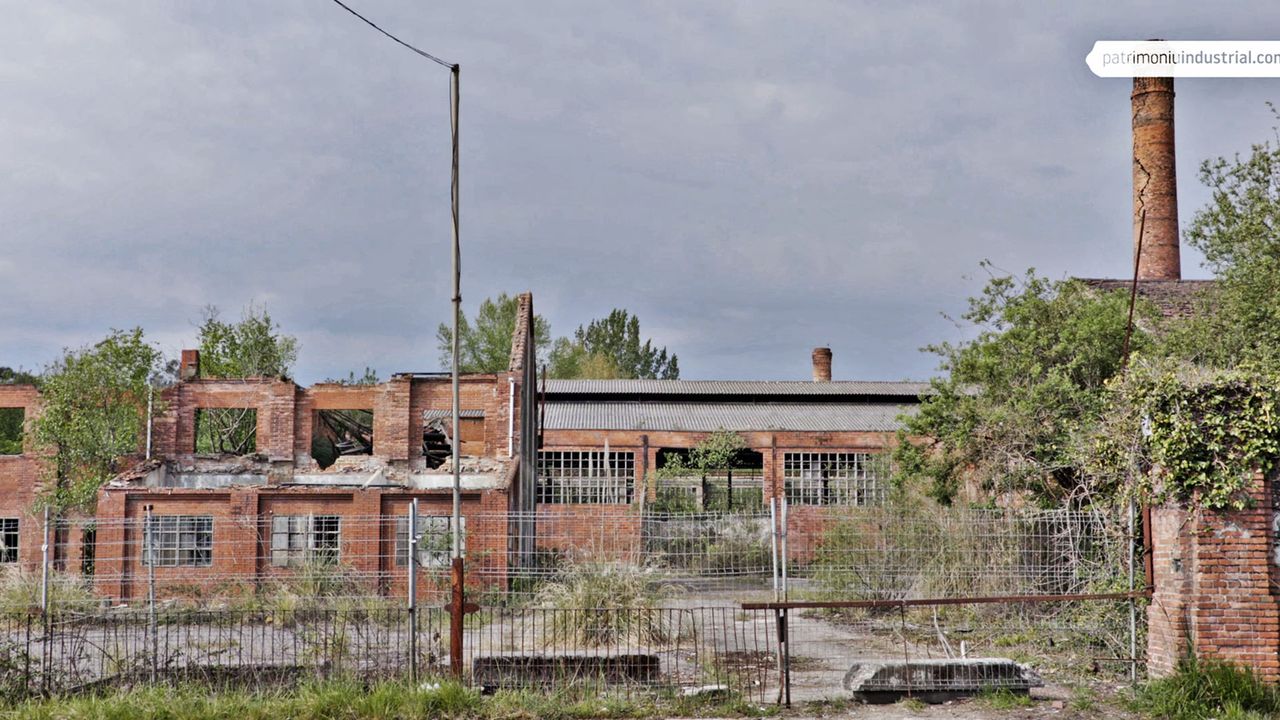



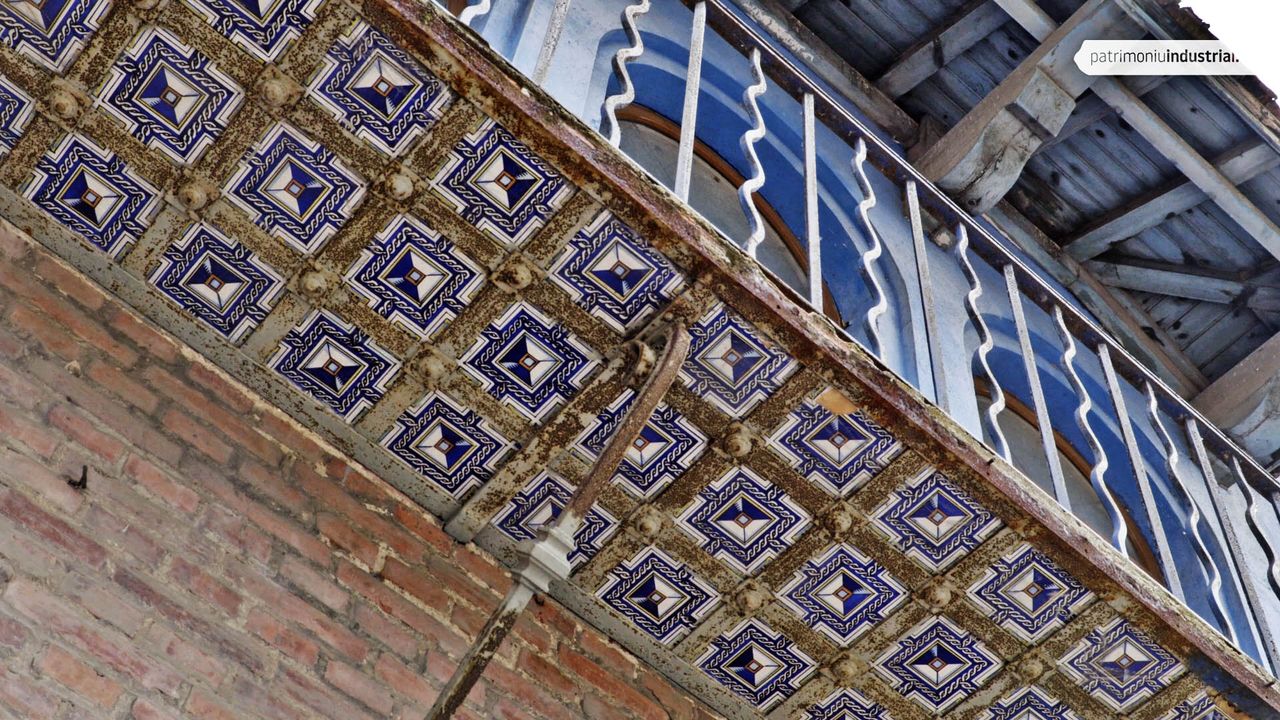
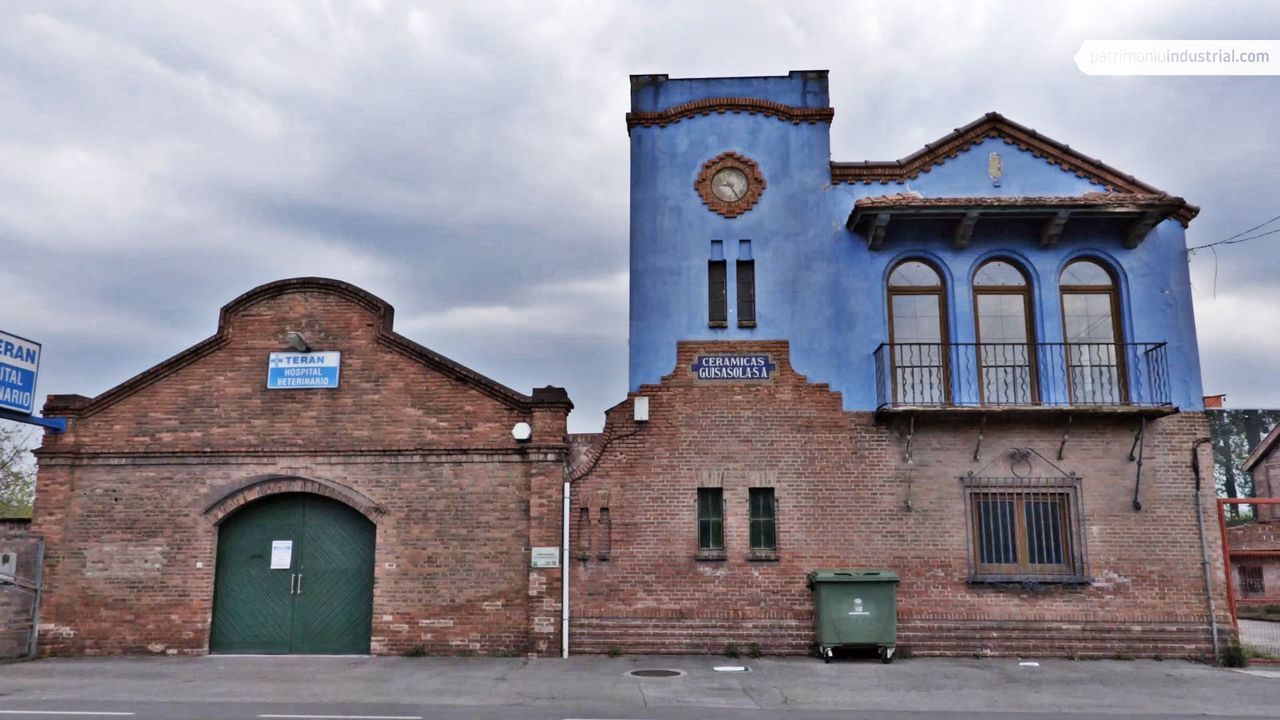

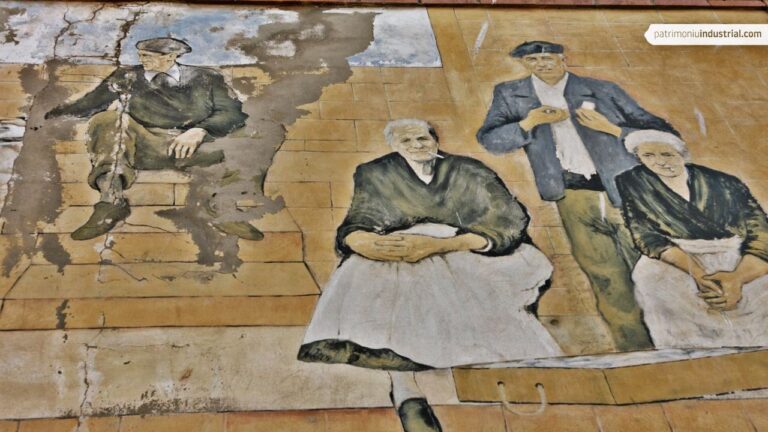
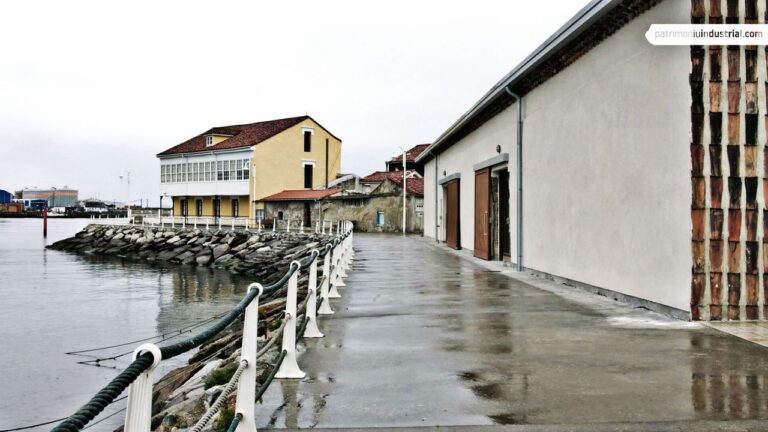

Recent Comments